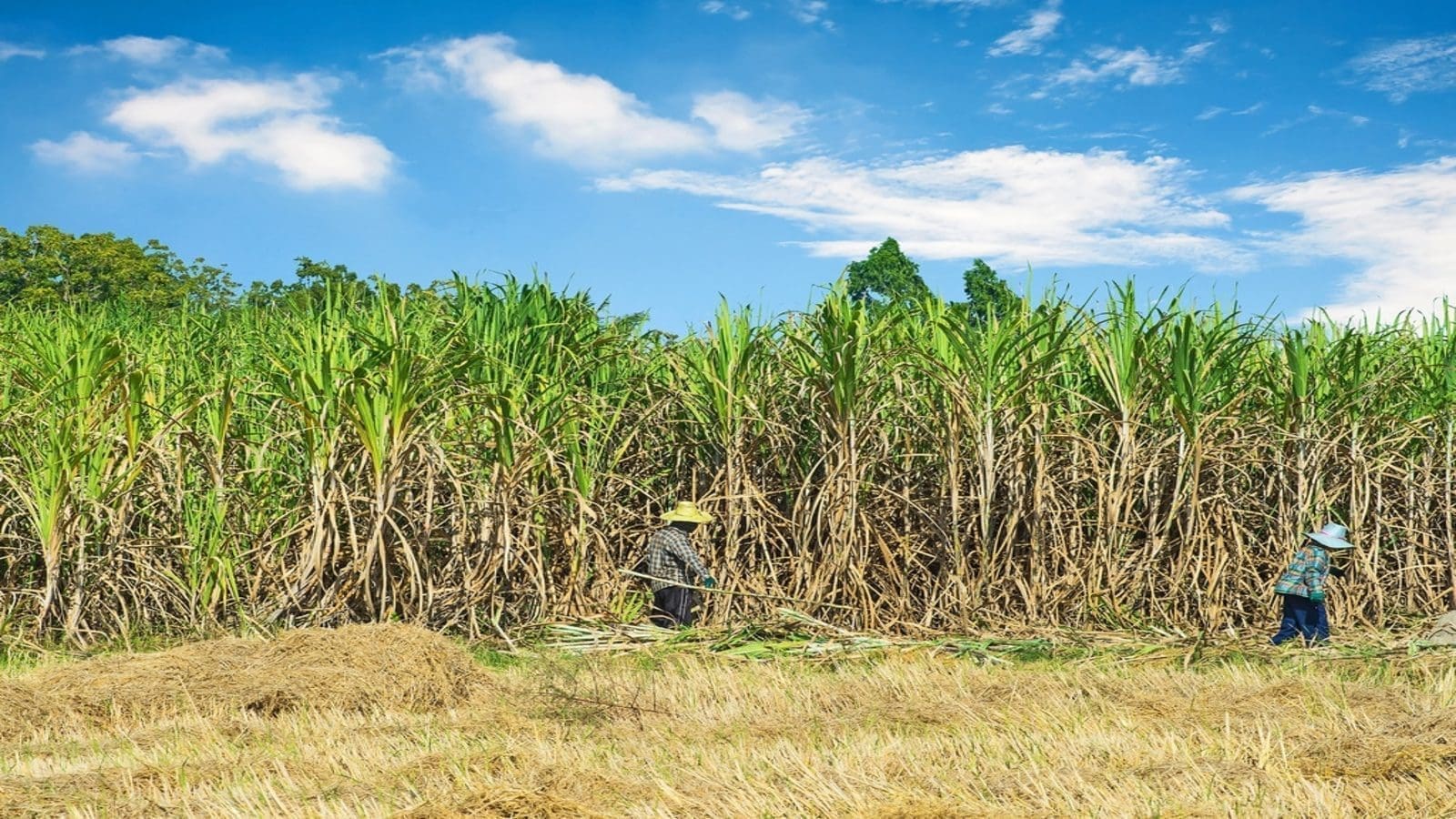AFRICA – South Africa, Nigeria and Kenya have been identified as the top market contributors to e-commerce in Sub-Saharan Africa (SSA) over the last three years, with Ghana also showing growth, having replaced Kenya in the top three contributors in 2020.
This is according to a recent white paper released by Visa titled ‘eCommerce developments across Sub Saharan Africa, indicating that although SSA may be one of the smallest regions of e-commerce globally, it shows steady growth potential.
During the onset of the pandemic in 2020, the region saw new e-commerce users rise by 5% when compared to the active base in the previous year.
“The three leading markets in SSA are starting to mature, providing the region with an established foundation and, when twinned with the growing penetration of e-commerce, it offers players in the payment space an opportunity they can capitalise on while helping to further accelerate the expansion of e-commerce in the region,” explains Lineshree Moodley, head of Visa Consulting and Analytics (VCA) in Sub-Saharan Africa.
Concurring with this finding, a market research provider-Euromonitor International, has highlighted that channel shifts to e-commerce is expected to continue in 2021.
Meanwhile, consumers are expected to return to traditional retailers such as open markets, as cost is expected to remain a driver of consumer choice.
For instance, in Nigeria open markets are widespread and continue to hold great potential as a route to market for affordable, locally produced packaged food products.
“The three leading markets in SSA are starting to mature, providing the region with an established foundation and, when twinned with the growing penetration of e-commerce, it offers players in the payment space an opportunity they can capitalise on while helping to further accelerate the expansion of e-commerce in the region.”
Lineshree Moodley – Head of Visa Consulting and Analytics (VCA) in Sub-Saharan Africa
Consumers place priority on price tags
Further to that, Euromonitor shifted focus on value for money to determine consumers purchasing power in the three countries i.e., Kenya, South Africa and Nigeria, due to reduced disposable income.
Therefore, retailers and manufacturers are expected to utilise price promotion to maintain their consumer base.
Also, due to local currencies devaluing against major currencies, imported products will remain expensive favouring locally-produced products.
Opportunities therefore exist to increase local production, especially for essential product categories.
With this, local manufacturers have been able to align their operations with the needs and demands of consumers such as availing products in smaller pack sizes, already common in many traditional grocers and open markets, boosting their affordability.
Rise in demand of nutritious foods
In addition, wellness redefined will remain top of mind for consumers as a more holistic approach to health and wellness through food gain importance, leading to rise in food fortification.
The pandemic also saw the demand for essential packaged food increase with categories such as dairy, cooking ingredients and staples benefit the most.
In contrast, impulse products such as savoury snacks and ice cream were among the biggest losers as consumers diverted their spending.
The report further noted that, food choices during the forecast period is not expected to be less nutritious nor less diverse than before.
It is expected that consumers will continue to cook more from home to save money coupled with experimentation of recipes found online, making part of home entertainment during this period of reduced physical interactions.
Liked this article? Subscribe to Food Business Africa News, our regular email newsletters with the latest news insights from Africa and the World’s food and agro industry. SUBSCRIBE HERE











